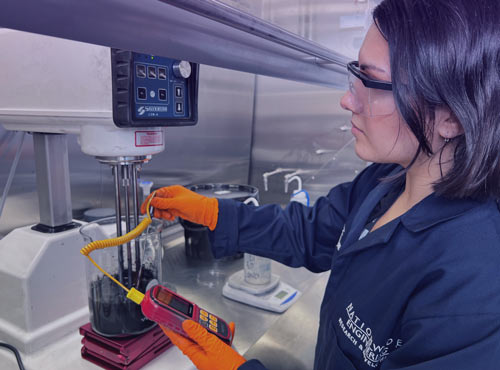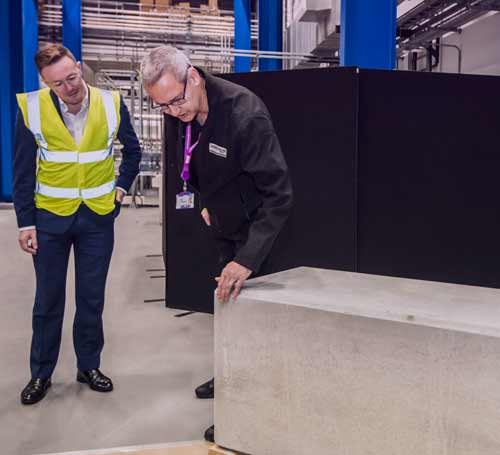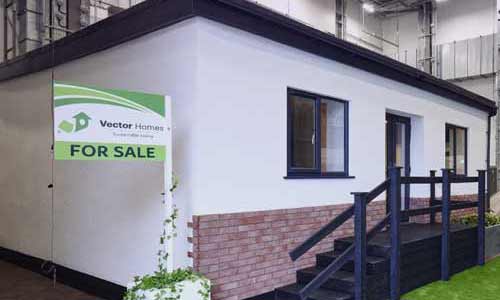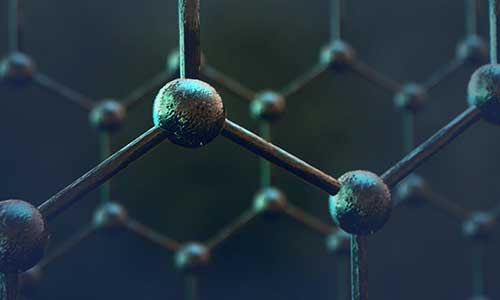
Background
Cement production contributes to more than 7% of global CO₂ emissions, posing an environmental challenge.

Engineers at The University of Manchester's Graphene Engineering Innovation Centre (GEIC) have developed Concretene, a revolutionary additive for concrete that uses graphene to enhance strength, durability and corrosion resistance.
Concretene aims to create a more sustainable and cost-effective solution for the construction industry, by increasing the service-life of concrete and reducing cement requirements.

Working with the GEIC’s engineers, we were able to understand the material, its complexity and the huge potential for industry. With funding from the GEIC’s ERDF Bridging the Gap (BtG) project and Innovate UK, we had the confidence to go from lab-scale testing to multiple industrial projects. No-one else has developed graphene-enhanced concrete to this scale.
Alex McDermott / Co-founder of Concretene
Results
The development and implementation of Concretene have showcased its potential to revolutionise the construction industry. In the research and development (R&D) phase, lab-scale trials demonstrated the improved strength achieved by incorporating graphene into Concretene.
This progress was further supported by Innovate UK's funding, which enabled large-scale pilot trials in collaboration with Nationwide Engineering, GEIC and The University of Manchester's Department of Mechanical, Aerospace and Civil Engineering. The development of graphene-enhanced concrete was also supported by the GEIC’s BtG initiative which helped Concretene forge industry relationships, increased R&D knowledge and created more than 12 new jobs.

Moving into implementation and testing, a 700m2 Concretene floor slab was successfully laid in Amesbury, Wiltshire, using conventional methods. Additionally, slabs were laid in Manchester for evaluation, including an access road and a suspended floor at the Mayfield Depot brownfield regeneration site.
The positive outcomes of the trials demonstrate the potential for Concretene to transform the construction industry with its environmental and economic benefits. Future steps involve further testing, certification and positioning Concretene as a mainstream construction material.
Key metrics
The collaboration with the GEIC proved instrumental in expediting GIM's journey and achieving commercialisation milestones ahead of schedule.
Recommended next read

Vector Homes
Academic connections that provide our partner with material expertise and equipment to create affordable and environmentally friendly modular smart homes.

Back to list
Back to the list of our successful collaborative developments.
